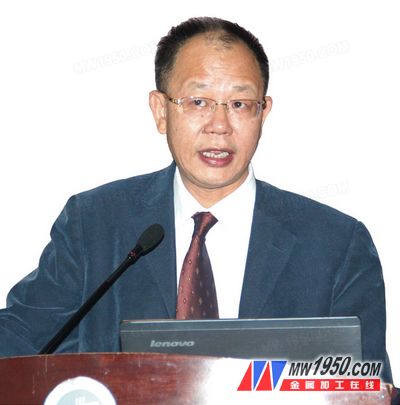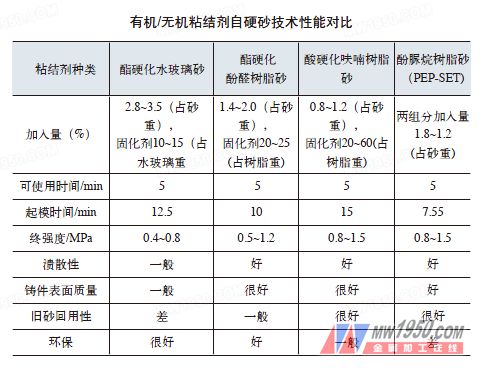Comparison and Analysis of Advantages and Disadvantages of Organic and Inorganic Binders for Foundry
Organic binder technology is currently evolving with a strong emphasis on enhancing performance while placing greater importance on environmental protection. This shift reflects the growing awareness of sustainability in industrial processes. In contrast, the inorganic binder system continues to be primarily based on silicates, with organic and inorganic salts used as supplementary components.

Liu Wei, Director of Jinan Shengquan Group New Materials Technology Research Institute
The development of casting binders—both organic and inorganic—dates back to the 1950s and 1960s in Europe and the United States. The early introduction of CO2-hardened water glass sand marked a significant milestone. Since then, research has focused on understanding the hardening mechanisms of new binder systems and improving the performance of existing products. A key challenge remains whether inorganic binders can match the properties of organic ones in molding sands, making breakthroughs in this area an ongoing goal.
Based on nearly 30 years of experience in modeling materials, I would like to briefly discuss the advantages and disadvantages of both organic and inorganic binder systems, sharing insights with colleagues in the industry.
First, Advantages and Disadvantages of Organic and Inorganic Binders
Organic Binders
(1) Advantages From a chemical perspective, the structure of a substance determines its properties. Organic binders contain carbon, which can form polymers, offering several benefits during the casting process.
1) Excellent core strength. 2) High production efficiency. 3) Superior surface quality and dimensional accuracy of castings. 4) Good sand removal performance. 5) Higher recycling rate of old sand.
(2) Disadvantages However, as organic materials, they also have certain drawbacks:
1) Raw materials often come from petroleum or agricultural chemicals. 2) Rising material costs. 3) High VOC emissions during molding, which can be harmful to workers. 4) Release of harmful gases during pouring, causing environmental pollution.
2. Inorganic Binders:
(1) Advantages Inorganic binders typically consist of elements such as sodium, potassium, magnesium, calcium, aluminum, silicon, and phosphorus, forming compounds like silicates, phosphates, and aluminates. They are usually bonded through dehydration, depending on moisture evaporation rates. This leads to several benefits:
1) Widely available and low-cost raw materials. 2) No solvent evaporation issues. 3) No harmful gas emissions during casting.
(2) Disadvantages Water-based inorganic binders generally cure slowly, which is related to moisture migration. Additionally, they may react with silica sand to form low-melting compounds, leading to the following challenges:
1) Slow curing and low core strength. 2) High sensitivity to environmental humidity. 3) Poor collapsibility. 4) Lower old sand recycling rate.
Second, Application Status of Organic and Inorganic Binders in China
The choice of binder significantly influences the casting process. Selecting the right binder type is crucial, as it affects investment in workshop layout, tooling, molding equipment, old sand recycling systems, and cleaning facilities. It also impacts production methods, costs, management, worker skills, and market positioning. Binder selection is closely tied to casting types, past practices, local raw material availability, and economic factors. Key considerations include technical feasibility, economic viability, environmental impact, and energy efficiency.
Currently, China has developed high-level, localized self-hardening sand binders suitable for various applications. For small-volume cast iron parts, furan resin sand remains an ideal choice. Despite rising prices, furan resin sand still offers the lowest cost compared to other types. Therefore, it will continue to be a preferred option for cast iron resin sand processes. In steel casting, alkaline phenolic resins, nitrogen-free furan resins, and ester-hardened water glass sand have become widely accepted. Improving the regeneration rate of old sand and developing efficient regeneration equipment remain critical for advancing self-hardening sand technology in steel casting.

Small End Suction Pump,case centrifugal pump,double suction pump
Sichuan Zigong Industrial Pump Co.,Ltd. , https://www.zgpump-global.com